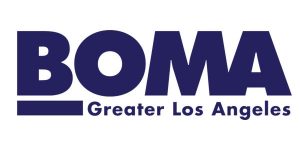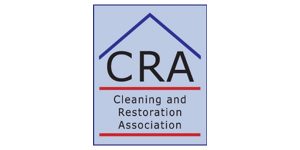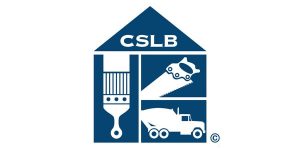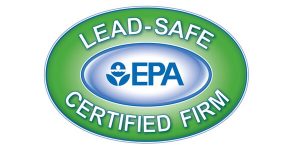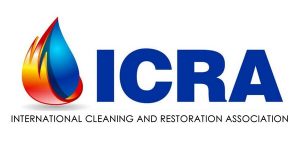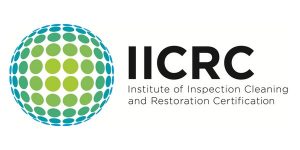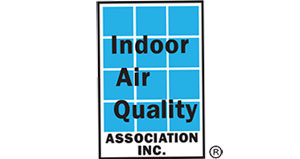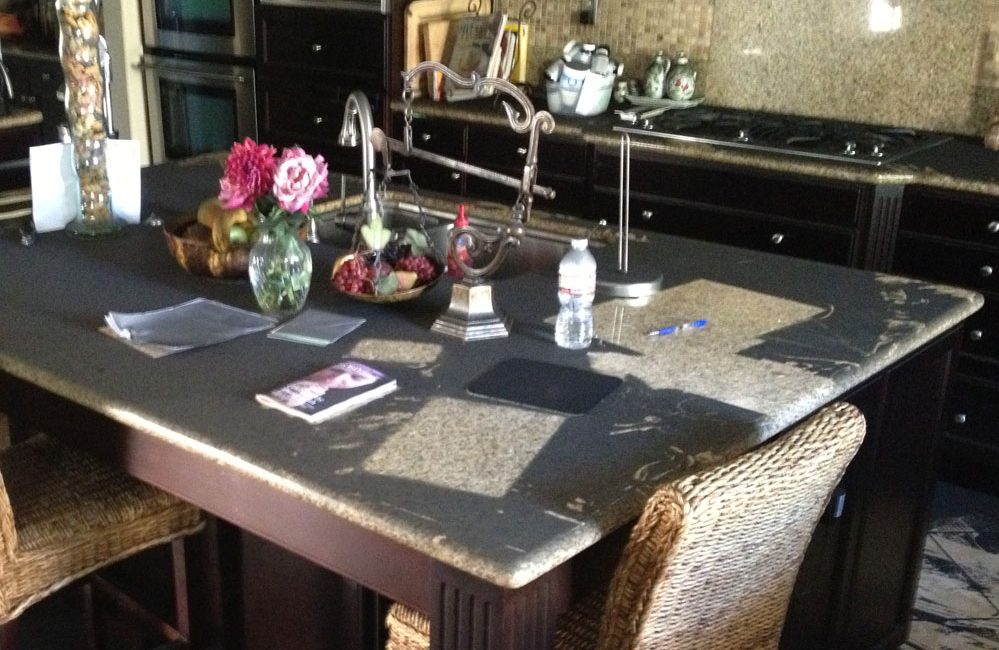
Smoke damage can range from a light dusting of soot to hardened lacquer-like layers. So there’s a wide variety methods of cleaning smoke damage. But they all have to be completed within a few days, at most, before smoke and fire damage become permanent. That includes removing smoke odors from porous woodwork and from deep within the structure itself.
About Smoke and Fire Damage
Returning home after a fire can be traumatic, and that’s a good indication that fire damage and smoke damage are extensive enough to call for restoration specialists. But if only a small part of a single room is affected it may be something you can tackle yourself. Here’s a little background information to help you assess the situation.
Smoke and fire damage can be extensive, with destruction hiding within walls and ceilings. Beyond obvious burning, scorching, and charring high-temperatures cause many materials to swell, warp, and discolor. Even so, smoke and water damage restoration is often the bulk of the recover effort and expenses. Secondary damage can begin immediately after the blaze is out, and without restoration can continue for days or even weeks. Some materials have just a few hours before staining or other harm becomes permanent. Here’s an outline of how things progress.
- Minutes Smoke and soot residues settle out of the air and cling to surfaces. Many porous materials are immediately and permanently stained, while many others can be recovered proper cleaning.
- Hours Acidic and other compounds affect nearly all surfaces to some degree. After several hours metals begin to corrode and pit, some textile stains become permanent, and wood furniture needs to be refinished. If at all possible surface water should be removed from flooring within the first few hours.
- Days Without treatment nearly all surfaces are harmed. Smoke compounds embed themselves in fibers and other porous materials, usually making replacement the best option.
- Weeks Uncleaned glass, porcelain, and china becomes etched and pitted.
Cleaning Smoke Damage
No surprise, safety comes first. In the case of a significant fire, that starts with a fire marshal’s OK to re-enter the building. Smoke contains numerous irritants and toxins, so personal protection is important. That includes wearing rubber gloves, a face mask, goggles, and good footwear. Never enter a wet area unless the electricity has been turned off, and remove hazardous debris first.
Invisible contamination lingers in the air, so it’s often best to open windows and use box fans at the windows. But if there’s been water damage as well and the weather is warm and humid, it’s better to keep those windows closed and use a combination of dehumidifiers, air scrubbers, and recirculating fans (http://www.wikihow.com/Clean-Smoke-Damage).
You’ll next want to separate recoverable versus unrecoverable possessions and building materials. Discard unsalvageable items immediately so they won’t continue to contaminate the area, and move unaffected items to a clean and dry environment.
Next comes cleaning smoke damage — getting everything as clean as possible, as soon as possible. Be on the lookout for ash, smoke and soot in every nook and cranny, even far from the fire. You may well find it inside cabinets and drawers, inside duct-work, outdoor utility closets, the attic… and just about anywhere.
The Building
You can clean the smoke from walls and other building surfaces in several ways. It’s often good to start by using a vacuum cleaner. But if it doesn’t have a HEPA (high-efficiency particulate air) filter you’ll likely just be blowing the soot right back into the room. A “dry chemical sponge” made just for this purpose is often the best method. Other special-purpose products include Benefect Atomic Degreaser, and Chemspec Smoke-Solv Liquid Wall Wash, and Unsmoke Degrease-All. A solution of TSP from the hardware or home improvement store can also be helpful in removing oily soot. Power washers are often effective on exterior surfaces.
Your Possessions
Fiberglass, plastics, metals, appliances, glassware, dishes, tile, and other hard surfaces require thorough cleaning, but household textiles pose the greatest challenge.
Be cautious in walking on carpet and moving furniture, as that can grind in soot and smoke even deeper. Let items dry before cleaning. But if hoses or sprinklers were involved, that probably won’t happen soon enough. So restoration specialists from a certified firm should be involved.
For furniture and other items gentle vacuuming outdoors is a good way to start. Be careful not to press or scrub, as this forces contamination further in. A dry chemical sponge is the next best step, followed by soap and water. Wood furniture should be treated with a cream restoration polish. Upholstered furniture is likely to require deep cleaning by a company experienced in fire and smoke restoration.
Clothing, drapes, and other textiles can be vacuumed or shaken-off outdoors then laundered. You may have heard conflicting advice on what sorts of laundry detergents to use — liquid, alkaline (to neutralize smoke’s acid compounds), and others. That’s because various fibers react differently, and different types of fires produce different kinds of smoke. Since several washings (as many as 5) are necessary, one suggestion is to simply use different laundry detergents. Unfortunately, 100% polyester items usually aren’t recoverable.
Smoke Odors
Dry cleaning typically doesn’t remove smoke odors, so wash everything that doesn’t require dry cleaning. For items that do, find a cleaners that can use counteractants to remove fire smells.
After thorough cleaning, vinegar or Febreez (the active ingredient is cyclodextrin) can often neutralize smells. Professional carpet cleaning is often enough to get rid of smoke odors there. But fire odors can penetrate deeply into porous materials and become trapped where no amount of cleaning can reach them. In that case professional odor removal services are necessary.
Why Professionals?
This blog is only an introduction to what you need to do if you experience smoke damage. It’s your responsibility to fully educate yourself on the details of cleaning smoke damage and the requirements of your insurance company. Here are some additional suggestions on when it’s time to call in a professional restoration company.
- Damage and restoration costs increase over time. Professionals know exactly what to do and have teams to keep everything on schedule (http://www.iicrc.org/what-after-smoke-damage-has-happened-a-140.html).
- Heavy or tough to clean smoke residues, as well as smoke damage over areas larger than you’re confident you can complete in a day, indicate the need for a professional team.
- Any evidence of heat damage or the possibility of structural damage is often accompanied by fire and smoke damage in hidden areas.
- Lingering smoke odors after your first day call for ozone generators or other special equipment. Remember that your nose quickly starts ignoring odors so you’ll need to have been away for a while or have someone drop by to check for you.
- When sprinklers or hoses were involved it’s unlikely regular drying and cleaning can occur fast enough to prevent water damage and permanent smoke damage.

